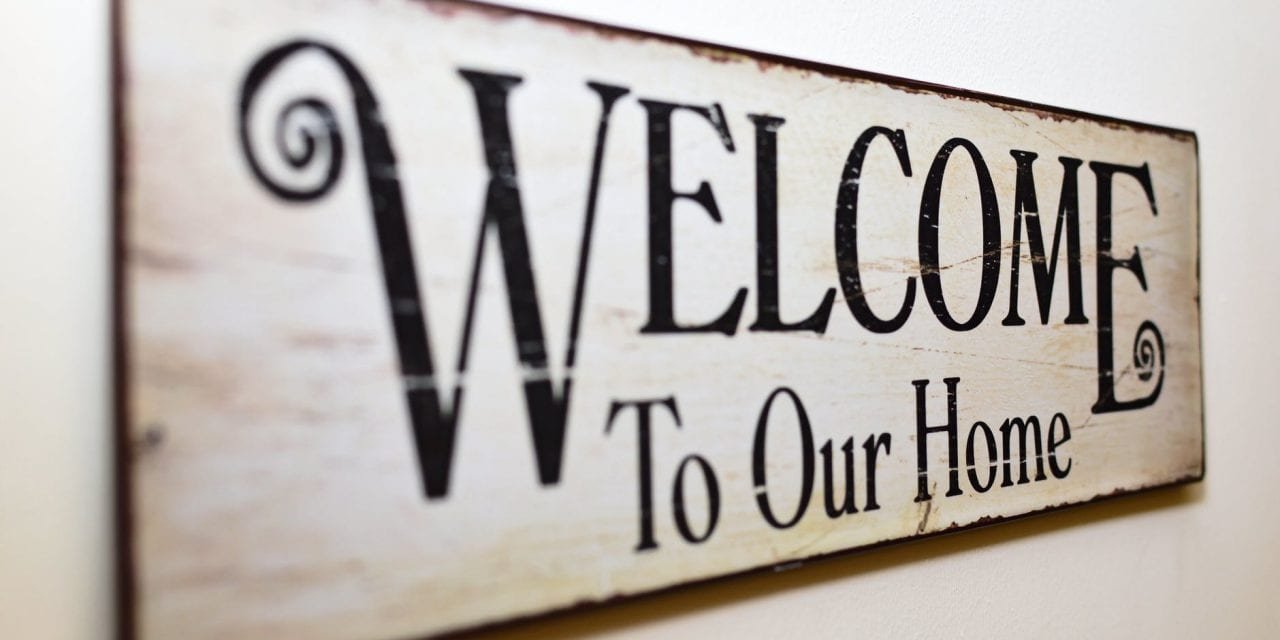Moving is a daunting task. If you asked me what I dread most about adulthood, it is the job of finding a suitable home. Not only do you need to ascertain your likes and dislikes, your needs, and your expectations of a new home, but you also have to furnish it, move all your valuables safely, and most of all, be able to afford it.
While it seems like a scary endeavor, moving can be quite fun (in a challenging way). You get to see different homes, envision different lifestyles for yourself within that home, and best of all, you get to decorate it. Cream colored sofas with embroidered curtains? Or a sleek black leather recliner with a flat screen to compliment it? You are the master designer, and the kind of home you choose will help get your creative juices flowing.

chapay / Pixabay
There are specific significant factors that everyone must check out before falling into the nitty-gritty of home ownership.
Ask yourself the following questions – what kind of neighborhood are you looking for? Do you want a place close to your work? How many bedrooms do you want – are you living with family, a partner, or single? If you’re moving in with your family, how’s the school nearby? Is the location conveniently placed to ease out your everyday activities? Look for nearby shops that cover groceries, a gym, a shopping mall, a movie theater, etc. Once you figure out a location and type of house, we can move onto the next.
What are the most important things that make a home worthy of living? Continue reading to find out more.
- Check the roof out.
Roof reparations can be extremely costly, so make sure there are no weak patches, leaky pipes, frail woodwork. You need to ensure that your roof can withstand any extremes in weather. Similarly, give the walls the same attention. Is the paint flaky? Is there unpleasant mold growing? Have the termites taken over? These things can take an unnecessary amount of time and money to be fixed if they go unnoticed.
- Does the building look sturdy?
Look for loose wiring and excessively creaky floorboards. Also, look for structural weaknesses and any weak looking spots, such as the corners of the rooms, the floor under heavy furniture, windowpanes and doors. More importantly, you need to check for structural damages and house foundation problems before making a decision to move in any house.
- Check the temperature regulation in your prospective house.
It’s always better to ensure the heating and cooling systems are working, as faulty ones can be a burden to fix later and may make your bills bigger than they need to be. Invest in a house that is well insulated, preferably with double-pane windows that have the added advantage of sound-proofing your home.
- Ascertain the kind of lifestyle you have.
Are you a reader and would you like a giant wall shelf to keep your books? Would you like to keep gym equipment in your house? If you love cooking at home, is your kitchen sufficiently inviting? If you frequently host dinner parties at your house, look for a place with an extra room. Many people may choose smaller homes but with large living rooms to deck up with home theater systems, pool tables, large seating areas to accommodate guests and the like. What you want out of this home should be reflected in the way that it is built and furnished.

Meditations / Pixabay
- Always check for plumbing in the kitchen and bathrooms.
Check for leaky taps, mold around the sinks, dysfunctional faucets, toilets, and showers. Mold is a something to look out for as it causes health problems such as breathing difficulties, allergies, and the foul-smell of it can put you off completely. How is the water supply? Does your location ensure clean, filtered water? Do you get enough hot water? Ensure the boiler is not too old and works. Make sure you gauge the plumbing systems in your home the right way.
- Check out the storage spaces.
Ideally, a home should have an adequate storage supply to keep suitcases, old furniture, and extra stuff that shouldn’t be lying around.
- Check the area outside your house.
Is there a garden? Is it well-kept? Are there unpleasant weeds growing? Look for little burrows that might indicate other inhabitants you may not want around. Sometimes, there are unwanted visitors such as raccoons and snakes, especially if you’re living near heavily forested or grassy areas. Similarly, look for any serious signs such as the risk of flooding or landslides near your area.
- Lastly, how does the house look?
How spacious are the rooms and the hallways? Is the counter-top in the kitchen marble or laminate? Is there an island in the kitchen that gives it a fancier look? What kind of flooring are you looking for – tile, marble or wood? And my personal favorite – how is the lighting? Does the house give a dark, depressing vibe? Or is the natural light sufficing? Are there plenty windows for ventilation and light? Everybody wants a pretty home – and these little things help get you there.
When you’ve figured out the right home for yourself, you should also be sure of how you’ll be moving your furniture around. You may get help from professional movers, which will undoubtedly make the task a whole lot easier. They can move around the heavy furniture and valuable goods, so there’s one thing off your shoulders.
I hope the tiring process of moving around may seem a bit easier to you. Just grab a comfy chair, relax, and make a list of everything you need to do. The best way to start house-hunting is to plan and organize your ideas, so you know exactly what to keep an eye out for. Keep your job, family, and lifestyle in mind. Ask yourself what kind of styles and furnishings you like. From bachelor pads to cozy homes, you should have everything figured out. It’s never a good idea to rush these things, as buying a house will be one of the most expensive things you’ll have to do. So, take a deep breath, and prepare yourself for the long ride!
Author: Shawn Stevenson, shawn.stevenson90@gmail.com














